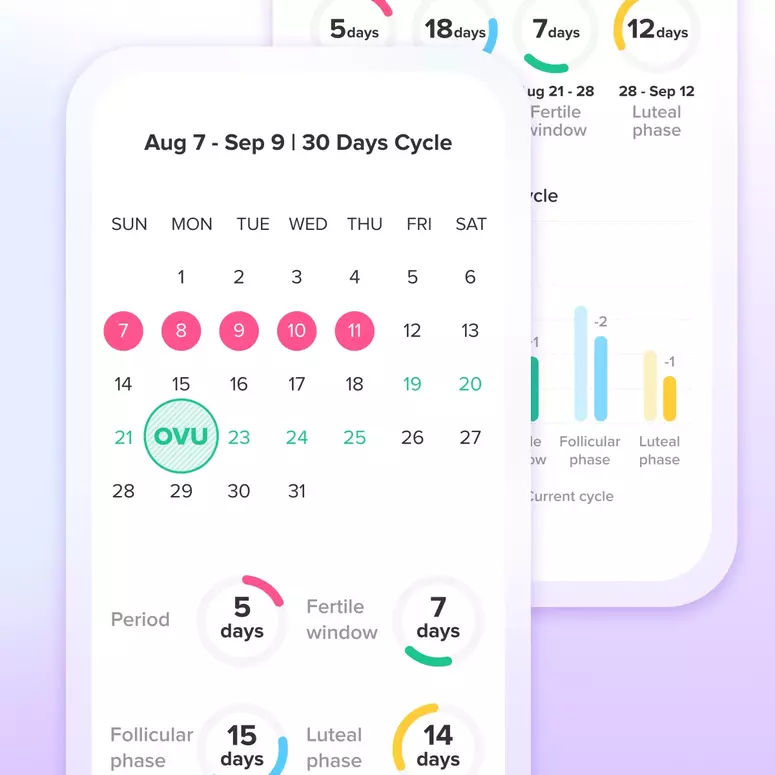The Implantation Dip

As you immerse yourself in the wonderful world of bbt tracking, you’re bound to learn about “implantation dips.” In case you haven’t already heard, an implantation dip is believed to be a small dip (lasting for only 1 day) that occurs during the middle of your luteal phase, about 7 to 10 days after ovulation. There are a couple reasons for why people believe that this dips signals implantation -
1. The timing coincides with when implantation typically occurs.
2. Though not all pregnancy charts display this pattern, it’s more likely to be observed on the charts of pregnant women than non-pregnant women.
Despite all of the circumstantial evidence, many question whether or not implantation dips are actually even a real thing. Well, we’re here to tell you that they’re sort of a myth… they’re not a reliable indicator of pregnancy, that is. And here’s why:
The implantation dip is thought to be caused by a secondary surge of estrogen during the luteal phase, and this can happen to women whether they are trying to conceive or not.
The implantation dip pattern also occurs on non-pregnancy charts.
Many pregnant women never experienced an implantation dip.
We hope that we didn’t burst your bubble, but look on the bright side - this is one less chart item to obsess over. You can relax knowing that you don’t have to drive yourself crazy trying to analyze every little recorded dip! And this way, you can focus your attention on keeping an eye out for more reliable pregnancy clues (like 15 to 18+ days of elevated temps). Check out our article, “pregnancy Chances After Temperature Rise” for more helpful tips on what to watch out for. Happy tracking!
Achieve your health goals from period to parenting.




